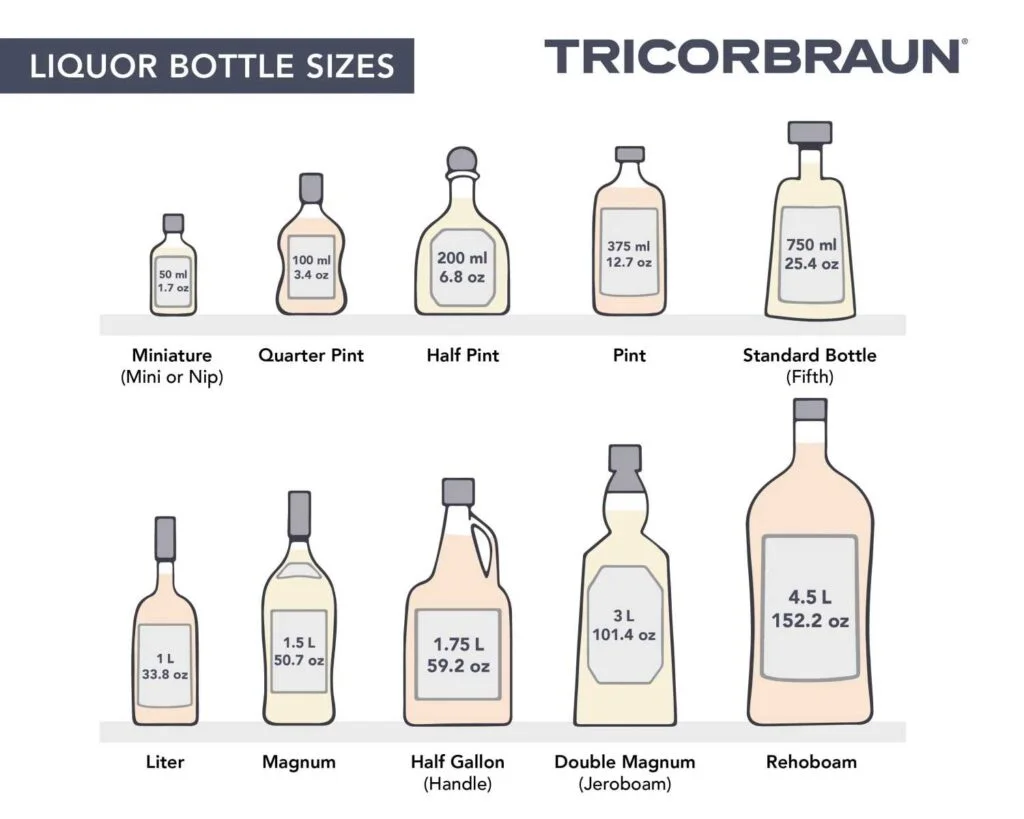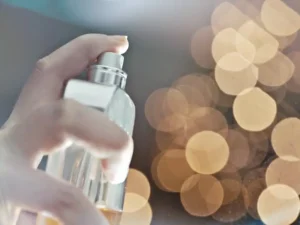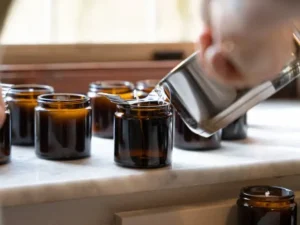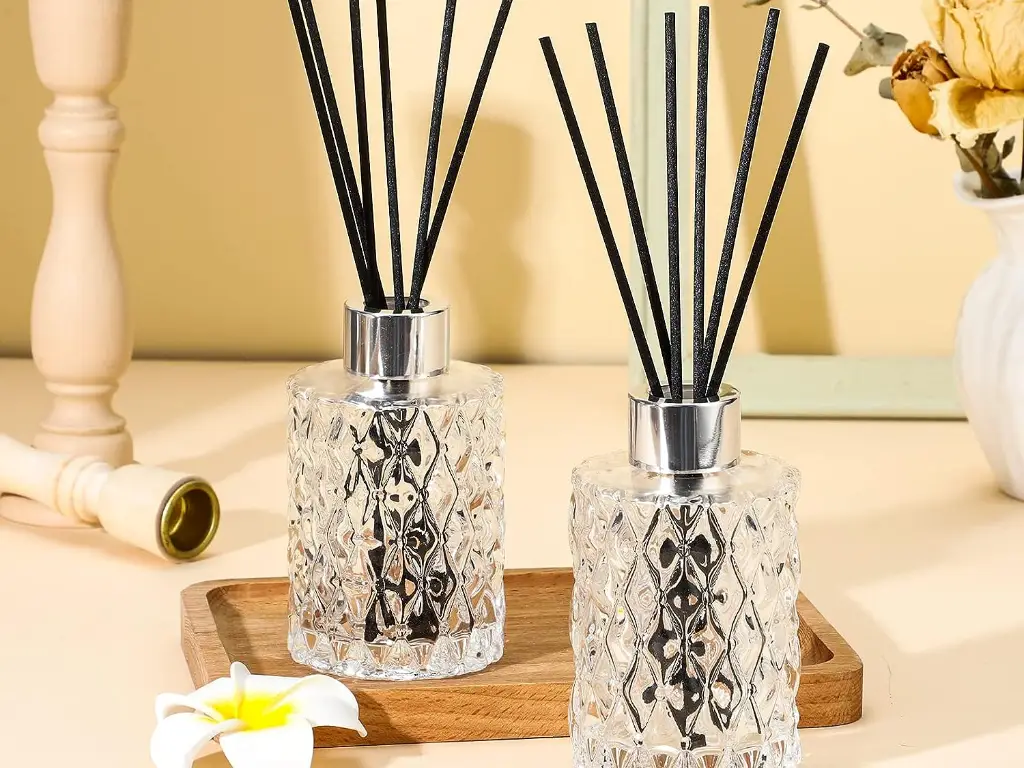
Table of Contents
When it comes to stocking your home bar, planning a party, or crafting the perfect cocktail, liquor bottle sizes can make a significant difference. From compact miniatures for on-the-go drinking to impressive magnums perfect for large gatherings, understanding the variety of liquor bottle sizes is key to making the right choice for any occasion. In this guide, we’ll explore the world of liquor bottle sizes, explain the differences, and help you choose the right one for your needs.
An Overview of Liquor Bottle Sizes
What Are Liquor Bottle Sizes?
Liquor bottle sizes refer to the standard measurements used in the alcohol industry to define how much liquid a bottle contains, typically measured in milliliters (ml) or ounces (oz). These sizes ensure consistency in the market and allow consumers to compare pricing easily. While the 750ml bottle is the most widely recognized size, there are a variety of other sizes available to suit different purposes, from travel and gifting to hosting large parties.
The History of Liquor Bottle Sizes
Historically, liquor bottles were hand-blown and lacked uniformity, making standardization a challenge. However, with the advent of industrialization and the expansion of global trade, the need for standard sizes became apparent. The 750ml bottle, for instance, was chosen because it is easy to convert between metric and imperial measurements and has been adopted globally as the standard size. This consistency helps consumers compare prices and ensures bartenders and enthusiasts can rely on accurate measurements for cocktails.
Common Liquor Bottle Sizes
Miniature Bottles (50 ml)
Miniature bottles, often called “nips” or “airplane bottles,” are a convenient option, containing around 50 ml of liquor—equivalent to a single shot. These small bottles are great for travel, sample packs, or as party favors. They’re ideal for those who want to try a new spirit without committing to a full bottle. Miniatures are also popular as gifts or giveaways at events and are a fun way for collectors to expand their collection.
Quarter Pint (100 ml)
These smaller bottles, containing about 100 ml, are perfect for sampling or giving as gifts. While not as common as miniatures, quarter pints offer a compact alternative for individuals looking for a taste test without opening a larger bottle. This size is also suitable for single-use occasions, like casual parties or gatherings.
Pint (375 ml)
The 375 ml pint bottle is a middle ground between small and standard-sized bottles. Often used for individual servings or smaller gatherings, it offers a manageable amount of liquor without being excessive. This size is commonly used for spirits like whiskey, vodka, and rum, making it an ideal choice for casual drinking or mixing cocktails.
Standard Bottle (750 ml)
The 750 ml bottle is the most widely recognized and used liquor bottle size across the world. It’s the industry standard, commonly found on liquor store shelves, in home bars, and at bars and restaurants. A standard 750 ml bottle contains about 16 servings of 1.5 ounces (44.36 ml) each, making it the perfect size for mixing cocktails, straight pours, or sharing with a small group.
Liter Bottle (1 L)
The 1-liter bottle is slightly larger than the standard 750 ml size, providing more value for frequent cocktail mixers. Bars, restaurants, and home bartenders often opt for this size, as it offers additional volume without being too bulky. It’s a cost-effective choice for those who regularly use spirits like vodka, rum, or gin.
Handle (1.75 L)
A 1.75 L bottle, often referred to as a “handle,” is ideal for larger parties or gatherings where many guests will be drinking. This size typically offers 39 servings of 1.5 oz each, making it an economical choice for bulk buying. Whether hosting a large event or stocking a high-usage household, a handle provides excellent value.
Magnum (1.5 L)
For special occasions and celebrations, the 1.5 L magnum bottle is the perfect showstopper. This oversized bottle is commonly seen at upscale events or as a statement piece at weddings or corporate parties. Not only does it offer an impressive volume, but it’s also a popular option for wine collectors and enthusiasts, providing an opportunity to showcase luxury and style.
Jeroboam (3 L)
A Jeroboam holds 3 liters of liquid, making it the go-to option for high-profile events and large gatherings. With its substantial size, it serves around 68 shots or 20-24 standard drinks. Often associated with champagne and fine wine, Jeroboams are used for celebratory occasions where the spectacle of a large bottle enhances the overall experience.
Double Magnum (4.5 L)
For the ultimate in luxury and extravagance, the Double Magnum holds 4.5 liters of liquor—enough to serve about 101 shots. This size is ideal for very large celebrations or collectors looking to make a statement. Double Magnums are most commonly used for wine and champagne, where their size is a symbol of grandeur.
Nebuchadnezzar (15 L)
The Nebuchadnezzar is one of the rarest and most impressive liquor bottle sizes, holding 15 liters of liquor. These massive bottles are typically used for ceremonial or highly exclusive events and are considered collector’s items due to their rarity and size. Only a few Nebuchadnezzar bottles are produced each year, making them a sought-after addition to luxury collections.
Understanding Shots and Liquor Bottle Sizes
The number of shots you can get from a bottle depends on both the bottle size and the size of the shot. In the U.S., a standard shot is typically 1.5 ounces (44.36 ml). Here’s a quick breakdown:
| Bottle Size | Volume (ml) | Volume (oz) | Shots (1.5 oz) |
|---|---|---|---|
| Miniature | 50 ml | ~1.7 oz | ~1 |
| Half Pint | 200 ml | ~6.8 oz | ~4 |
| Half Bottle | 375 ml | ~12.7 oz | ~8 |
| Standard Bottle | 750 ml | ~25.4 oz | ~16 |
| Liter Bottle | 1 L | ~33.8 oz | ~22 |
| Handle | 1.75 L | ~59.2 oz | ~39 |
| Magnum | 1.5 L | ~50.7 oz | ~34 |
| Jeroboam | 3 L | ~101.4 oz | ~68 |
| Double Magnum | 4.5 L | ~152.2 oz | ~101 |
| Imperial | 6 L | ~202.8 oz | ~135 |
Choosing the Right Bottle Size for Your Event
The right bottle size can make or break a party. For smaller gatherings, a standard 750 ml bottle is usually sufficient. However, for larger events, you’ll want to consider larger bottles like handles (1.75 L) or magnums (1.5 L) to ensure that everyone has enough to drink without the hassle of constant refills.
When planning, consider the preferences of your guests. Cocktail lovers may prefer larger bottles of popular spirits like vodka, rum, or gin, while wine drinkers may opt for a 750 ml bottle or a magnum for a more elegant affair.
How Liquor Bottle Size Affects Liquor Quality and Pricing
Impact on Flavor and Preservation
Liquor’s flavor is generally consistent across sizes, but smaller bottles, especially once opened, can be exposed to more air, which may alter the taste over time. Larger bottles, such as magnums, are often preferred by collectors and connoisseurs because they maintain flavor integrity for longer periods.
Cost-Effectiveness of Larger Bottles
One of the key benefits of purchasing larger bottles is cost efficiency. Larger bottles usually have a lower price per ounce, meaning you get more liquor for your money. This is particularly advantageous for parties or frequent drinkers who want to stock up on their favorite spirits without constantly replenishing smaller bottles.
Tips for Storing Liquor of All Sizes
Proper storage is essential to preserving the quality of liquor, regardless of bottle size.
- Miniature Bottles: Store in a cool, dry place away from sunlight. After opening, keep tightly sealed to avoid oxidation.
- Large Bottles: Store in a stable environment, such as a liquor cabinet or cellar, to maintain optimal conditions. For opened bottles, consider using vacuum seals to limit air exposure.
Conclusion
Liquor bottle sizes are more than just measurements—they are essential to selecting the right liquor for any occasion. Understanding the differences between bottle sizes will help you make smarter choices when purchasing spirits for personal consumption, parties, or events. Whether you’re looking for a mini bottle for a gift or a magnum for an extravagant celebration, the key is to select the right size for your needs.
If you have any questions or want to share your experiences with liquor bottle sizes, feel free to leave a comment below. We’d love to hear your thoughts!





